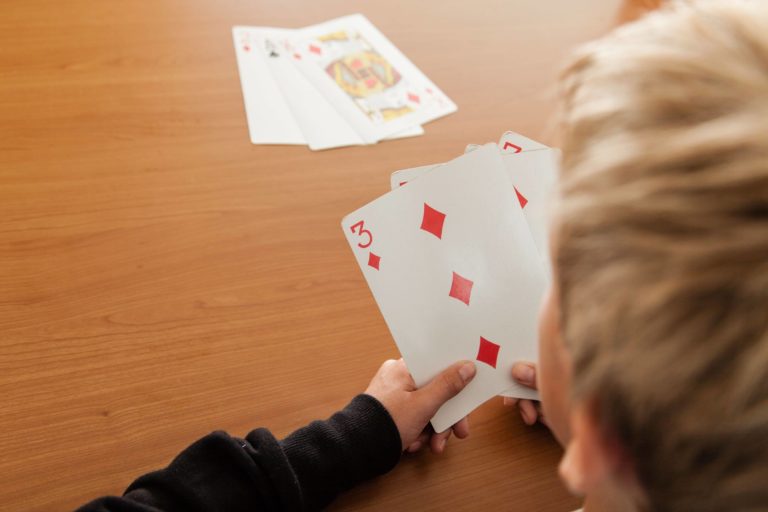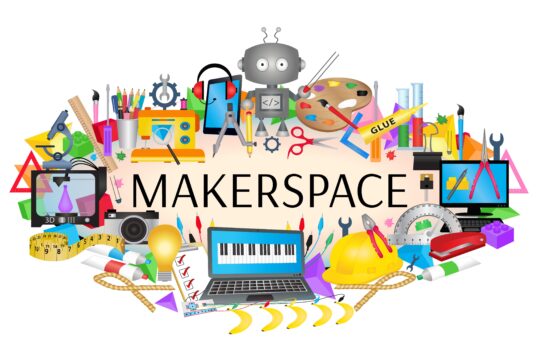Math doesn’t always have to be about solving complex word problems or meticulous equations. You can easily keep your students’ brains working with a few quick card games. If you have twenty minutes to spare or see your students need a quick brain break, take out a deck of cards. Card games are not only a fun, natural way to integrate math, but they are also easily customizable for various concepts and skill levels.
How Games Help Keep Students Engaged in the Classroom
Games help to grab students’ attention and keep them actively engaged in learning. Playing games requires students to pay attention. As the game moves quickly, students must stay alert. As students play games, it helps them to develop their focus. Learning this attentiveness can help students stay focused as they continue learning throughout the day.
How Games Help Students Retain Information and Skills
Through games, students can learn and develop a variety of essential skills such as teamwork, good sportsmanship, creativity, and critical thinking skills. As students play card games, they are using their working memory to think and react quickly. Most games also require students to use their problem-solving skills, which is important in cognitive development.
Card Games that Utilize Math
One of the great things about using playing cards for math games is that they can be customized to suit any skill level, so any card game can be changed to meet your students’ specific needs. Grab a few decks of cards and introduce these math games to your students.
Go Fish – Go Fish is a childhood favorite that most students should already know how to play. For this version, students will go fishing for pairs that add up to ten. Face cards are eliminated, and aces are used as a number one. You can easily customize this card game by merely changing the number that students go fishing for.
Beat the Teacher – Challenge students to beat the teacher by drawing cards and trying to build the largest number possible. Have students use a place value chart to keep track of their number. You can customize this card game by simply putting a limit on how large the number can get.
Twenty One – This game is a slightly simplified version of Blackjack. The object of this game is to be closest to the number 21 without going over. Each player is dealt two cards and have the option to be dealt another card to help improve their hand. The person closest to 21 gets a point; if they go over 21, they get zero points. The first player that gets to 10 points wins. To customize this game to suit your student’s needs, change the number students are trying to reach.
Math card games are a great alternative to worksheets and can be used to review skills or help demonstrate students’ knowledge. They are an effective way to grab students’ attention while learning through the process. If you have 20 minutes to spare or want to use some class time to give your students a fun break, try a card game.




